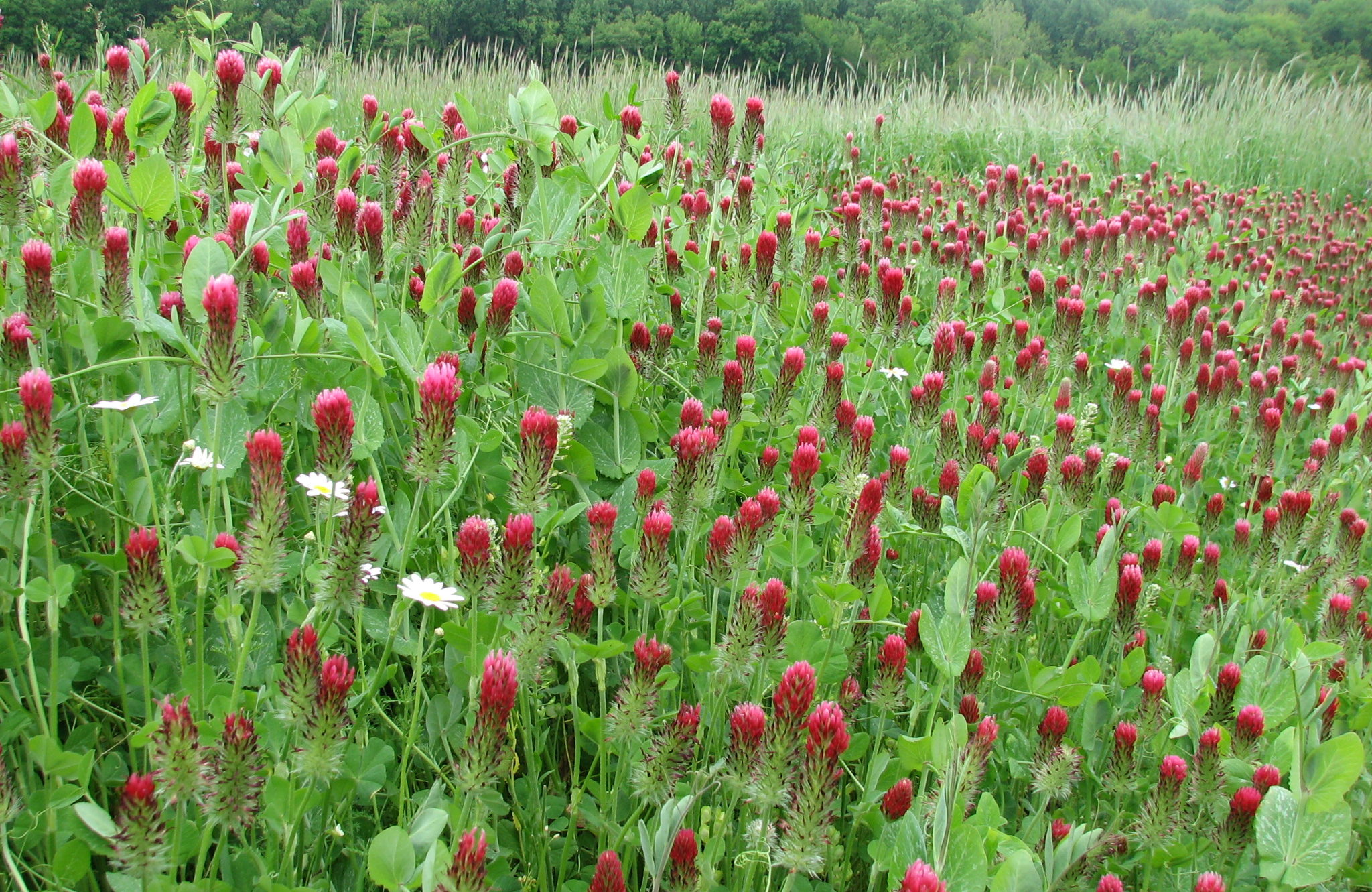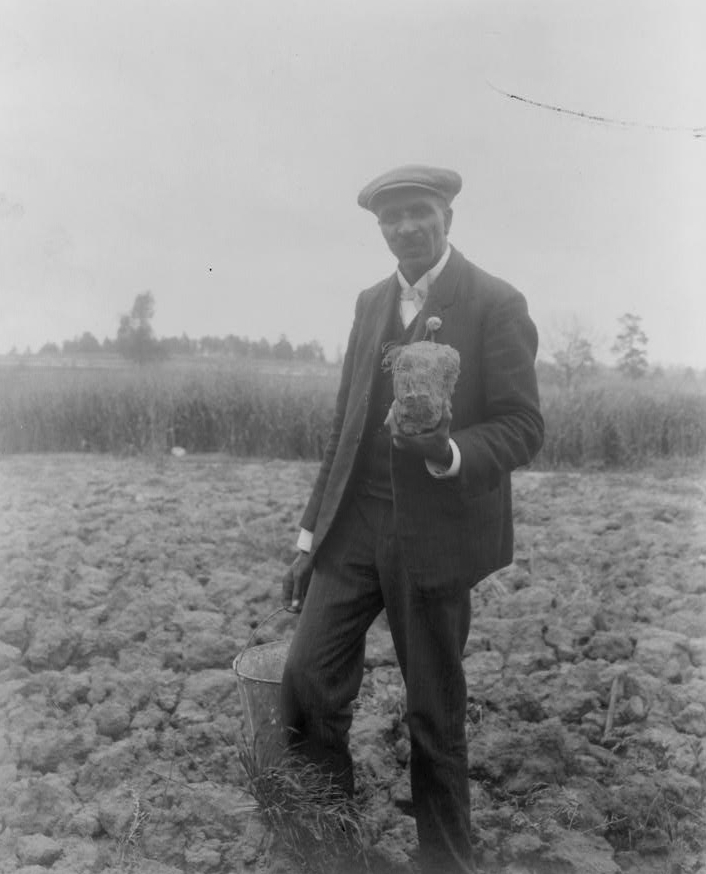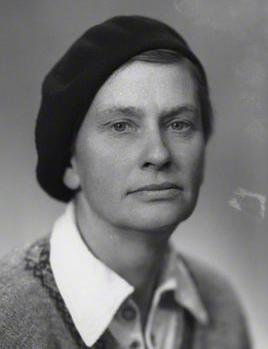Meet the trailblazers who grew the roots of “organic” into a movement.
Built on practices that increase soil health such as composting, crop rotation, and grazing animals on pasture, organic agriculture has grown into a global industry that is worth over $200 billion today. But these holistic practices and their impact on our food have a long history that predates the contemporary “organic” movement.
Many people know our founder, J.I. Rodale, for coining the term “organic.” But throughout the years, many passionate individuals, cultures, and communities laid the groundwork for what has become an agricultural revolution. And though these leaders have contributed their knowledge and skills to the organic movement, they are often left out of mainstream history. Learn some of their important stories, and contributions to regenerative and organic farming, here:
Native and Indigenous communities
Long before the arrival of Europeans to North America, Indigenous populations protected the land and preserved biodiversity through holistic land management. For thousands of years, their methods of growing and sharing food centered natural cycles and stewarded healthy ecosystems and communities.
The concepts of intercropping and polyculture can be traced back to Indigenous traditions, such as the Three Sisters: an interplanting of corn, squash, and beans. Growing multiple crops together proved to be a highly productive system that fostered soil health and bolstered biodiversity. Today, regenerative organic agriculture draws on these practices by encouraging cover cropping, crop rotation, and intercropping.

Agroforestry and permaculture, systems that fall under the regenerative umbrella, also originated with Indigenous populations. Despite a misconception that land had been “untouched” prior to colonization, Indigenous communities worked hard to manage their environments in a way that produced food while maintaining a healthy ecological balance.
Today, regenerative organic agriculture seeks to bring that balance to the forefront once more, renewing agriculture under a philosophy built on thousands of years of ancestral knowledge from all over the world. Most importantly, Indigenous cultures teach that land doesn’t belong to people. Rather, people belong to the land. This means that truly regenerative systems must reckon with a long history of Indigenous displacement and oppression.
George Washington Carver

Library of Congress Prints and Photographs Division.
George Washington Carver grew up in a post-Civil War South whose soils had been ravaged by the cotton industry. Monoculture had depleted the land of its nutrients, leaving it susceptible to disease and its farmers subject to economic instability.
Eager to pursue solutions to these problems, Carver enrolled at Iowa State Agricultural College to study botany, making history as the first Black student. Soon after graduating, he accepted a position as Agriculture Director at Tuskegee Institute in Alabama. During his 47 years there, Carver developed and advocated for a system of farming that highlighted crop rotation as a method of restoring nutrients to the soil. By alternating cotton with legumes such as peanuts, he showed that farmers could replenish stores of nitrogen, building healthier soil.
Carver passionately voiced concerns over the use of chemical fertilizers, stating that “plants are just as sensitive to narcotics and drugs as a human being.” He wrote a total of 44 agricultural bulletins that touted the benefits of organic practices—these ahead-of-the-times writings encouraged farmers to diversify their operations and use natural fertilizers, rather than relying on chemicals.
Carver’s agricultural extension program circulated these ideas of alternative farming further. Over the course of his life, he made significant headway in his efforts to reform Southern agriculture, and his work set a strong foundation for the future of the organic movement. Today, organic agriculture aims to strengthen the soil using these very same ideas of crop rotation and natural fertilizers.
Lady Eve Balfour
In 1939, English farmer Lady Eve Balfour became interested in alternatives to chemical agriculture and decided to put her theories to the test. Along with Alice Debenham, she launched the first long-term, side-by-side scientific comparison of organic and chemical-based farming.

Called The Haughley Experiment, this study divided 216 acres into three different sections, each using a different combination of organic and inorganic fertilizers. Eve and Alice’s comparison served as an inspiration for Rodale Institute’s own comparison of organic and conventional methods, called the Farming Systems Trial, which began in 1981.
In 1943, Eve published The Living Soil, a book explaining her experiment and detailing the links between healthy soil, organic farming, and human health. She wrote: “We cannot safely separate human health from the health of farm produce whether animal or vegetable. All have their origin in a fertile soil.”
Eve came to devote her life to organic farming. She founded the Soil Association in 1946, which she led for more than two decades. This organization took over the operation of the Haughley Experiment, which ran for a total of 30 years. Throughout the twentieth century, Eve grew to become a figurehead of the British organic movement, and until her death in 1990, she continued to warn against the dangers of industrial agriculture and food processing.
Today, the modern organic movement builds on her influence, echoing the same connections between the soil health and human health, and Eve’s innovative experiment now serves as a model for long-term studies around the world.
The Farmers of India
Over thousands of years, Indian farmers worked with the rhythms and cycles of nature to develop a system of producing food called Vedic agriculture. Their methods, which drew from religious customs, centered the importance of soil health. By integrating livestock and using plant matter as compost, Indian farmers were able to build soil fertility year after year.
In 1905, a farmer, botanist, and mycologist named Sir Albert Howard moved from England to India to teach Western agricultural techniques, but he quickly found his views challenged by traditional Indian farming practices. He could see that Indian farmers grew healthier plants and animals that showed resilience in the face of pests and disease.
During his 26 years learning from Indian farmers, Howard took note of the connections between healthy soil and healthy communities, livestock, and crops, writing the famous quote, “the health of soil, plant, animal and man is one and indivisible.” He published An Agricultural Testament in 1943, a book that heralds the idea of soil as a living organism and stresses the importance of building organic matter through composting.
Howard’s early organic farming theories, which inspired other founders of the organic movement including J.I. Rodale, were directly founded on observations of traditional Indian farming practices. It was the knowledge he gathered in India—the ancestral knowledge accumulated by millennia of traditional farming—that led him to become a key figure in the history of organic agriculture.
As regenerative and organic farmers, we know that all things are interconnected—which includes history. No one person makes history alone without building on the influence, support, or knowledge of others. Without these leaders, and many more, the regenerative organic movement would look quite different today. As farmers, scientists, and consumers, we owe them a debt of gratitude for the work they’ve done to honor the Earth and inspire a new generation of stewards.
